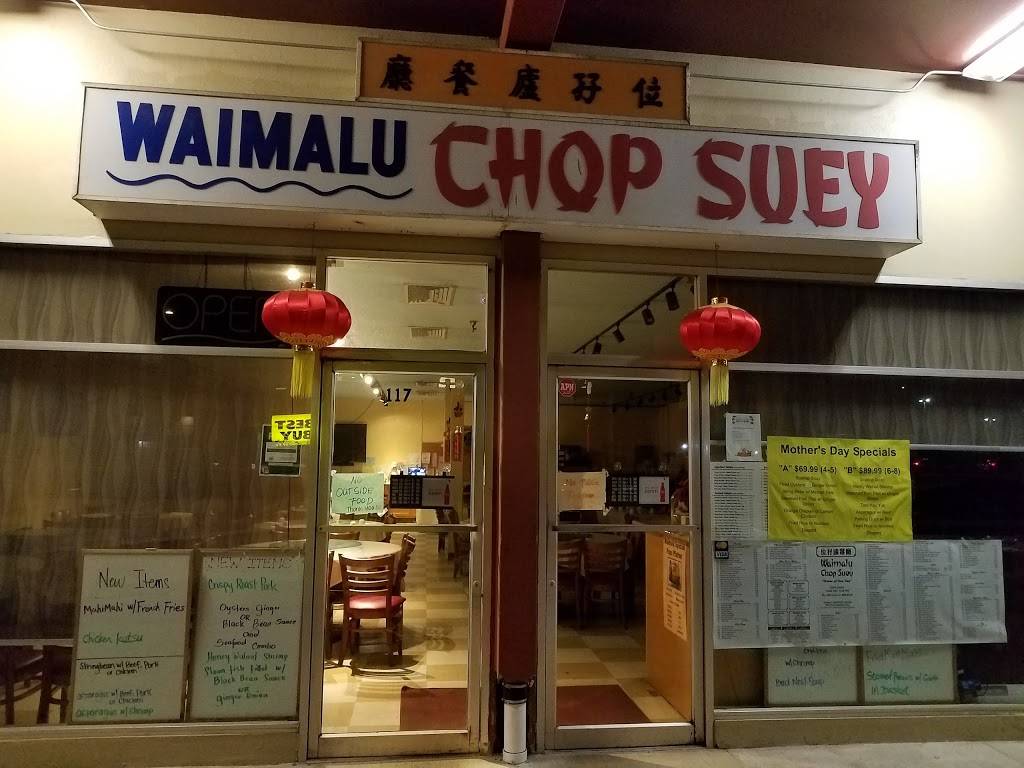

From 1900 to 1960 or so, chop suey was one of the most popular dishes in the country, up there with ham and eggs, hot dogs, and apple pie.For the New England dish, see American chop suey. Over the decades, this Americanized dish became a kind of overcooked and essentially flavorless stew that somehow hit all the buttons for our taste buds. All the weird, imported ingredients disappeared, replaced with easily-identifiable meats and the essential accompaniments of bean sprouts, onions, and celery. However, as more and more non-Chinese began to eat the dish, restaurant owners realized that they could sell a lot more by adapting the dish to American tastes. In the early descriptions, it’s a mixed stir fry made from chicken giblets, bean sprouts, bamboo shoots, onions, tripe, dried seafood, and whatever else is at hand. was a real Chinese dish, a local specialty from the Guangdong province town of Taishan, which sent the majority of Chinese immigrants to the United States. The words “chop suey” mean “mixed bits,” or in other words, “hash.” I believe that the chop suey served in New York’s Chinatown back in the eighteen-eighties.

You write that today chop suey is “relic,” but that it was once quite popular. And they particularly fell in love with an earthy and mysterious stew called “chow chop suey.” We’ve been living with the consequences of this momentous event ever since. Nothing could have been more exotic than the Chinese, and they began to haunt Mott Street’s Chinese restaurants, where they discovered the food was tasty, filling, and cheap. The city was also home to a group of artistic adventurers who called themselves Bohemians and made a habit of nosing out exotic new culinary experiences in the immigrant districts. New York was awash with new immigrants and among them, down on lower Mott Street, a thousand or two Chinese, mainly refugees from anti-Chinese violence in the West. According to my reading of the historical evidence, the breakthrough that changed culinary history occurred in New York City’s Chinatown during the eighteen-eighties. We had too many prejudices against the Chinese in both those places to cross the culinary gulf. But in San Francisco and other communities, it soon became clear that Americans still weren’t ready to fall in love with Chinese food.Īmericans didn’t fall in love with Chinese food in the days of the old China trade or even in the nineteenth-century American West. In 1849, news of gold drew thousands of Chinese fortune-hunters to California, including some restaurateurs.

So when did Chinese cuisine first make its way to the United States? This was actually the classic Chinese seasoning mix of garlic or onions seasoned with soy sauce and sesame oil-a flavor mix most Americans enjoy today. They had decided that Chinese food tasted of “the repose of putrefied garlic upon a much-used blanket” and smelled of rancid oil.

For them, a Chinese meal was something to write home about, but not something to repeat. To the Americans, the whole experience was impossibly alien: eating with chopsticks, the foreign dinner etiquette, the food cut up into small pieces, the mysterious ingredients, the multitude of courses, etc., etc. However, what they were served was high-class Cantonese banquet fare, in feasts comprising dozens of dishes, including such delicacies as birds’ nests, sharks’ fins, and sea cucumbers. They had heard that the Chinese liked to dine on dogs, cats, and rats, among other exotica. In Guangzhou, the Americans tried their first bites of Chinese food at the homes of local businessmen. the Europeans, whom they confined to Macau and Guangzhou. The Chinese had never heard of the United States, had only the vaguest idea of where it was located, and lumped Americans with the other “barbarians,” i.e. Relations between the two countries were at first tentative. The first Americans arrived in China in 1784 aboard the ship Empress of China, hoping to trade American ginseng for Chinese tea, porcelain, and other goods. When did Americans first encounter Chinese food? He also tells us what chop suey is, exactly, and where to find the best Chinese food in New York City. So how did it happen? Recently, Coe answered a few questions about Chinese cuisine’s remarkable American journey. Of course, it took a while-two centuries-for Chinese food to achieve ubiquity.


 0 kommentar(er)
0 kommentar(er)
